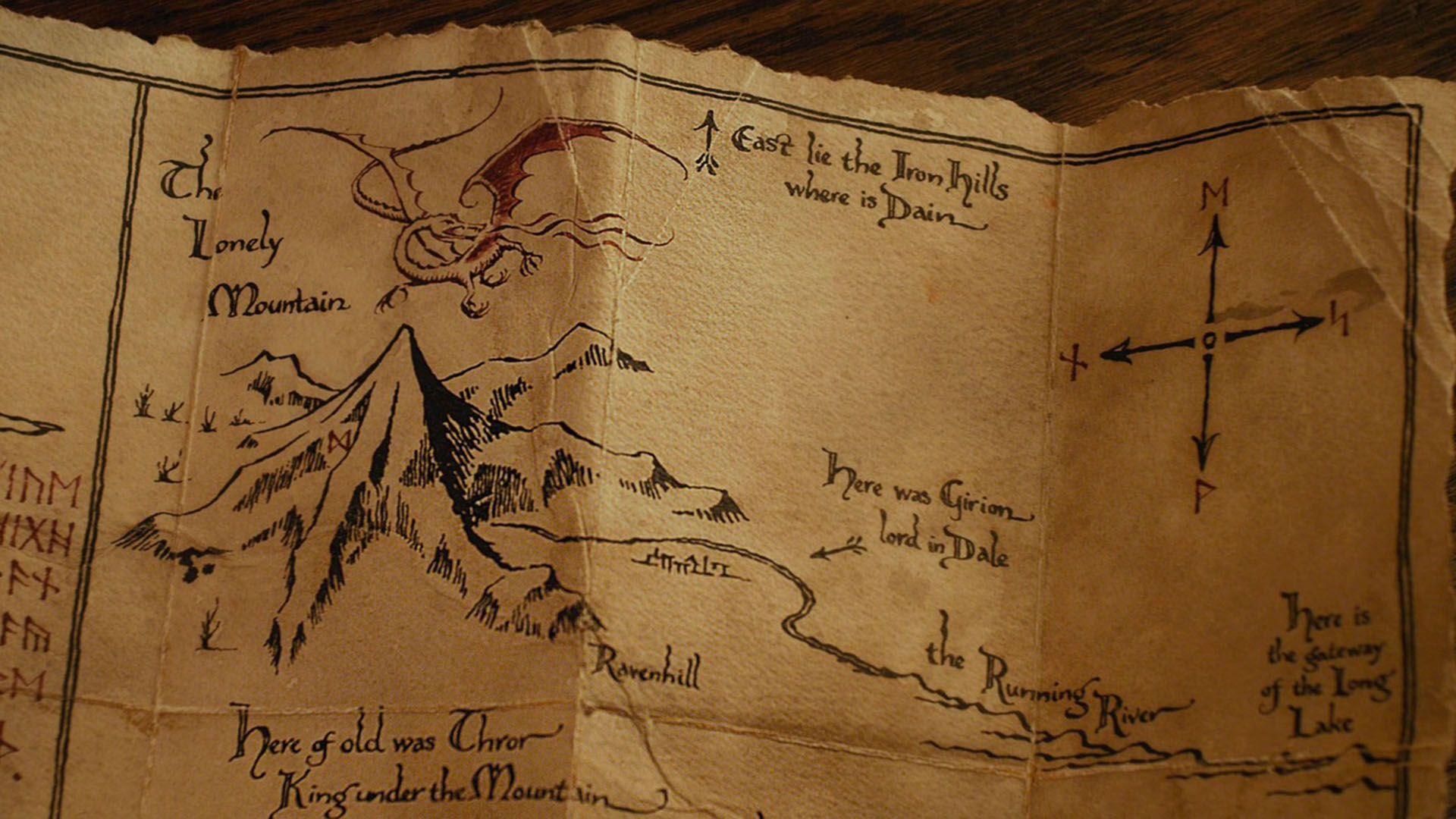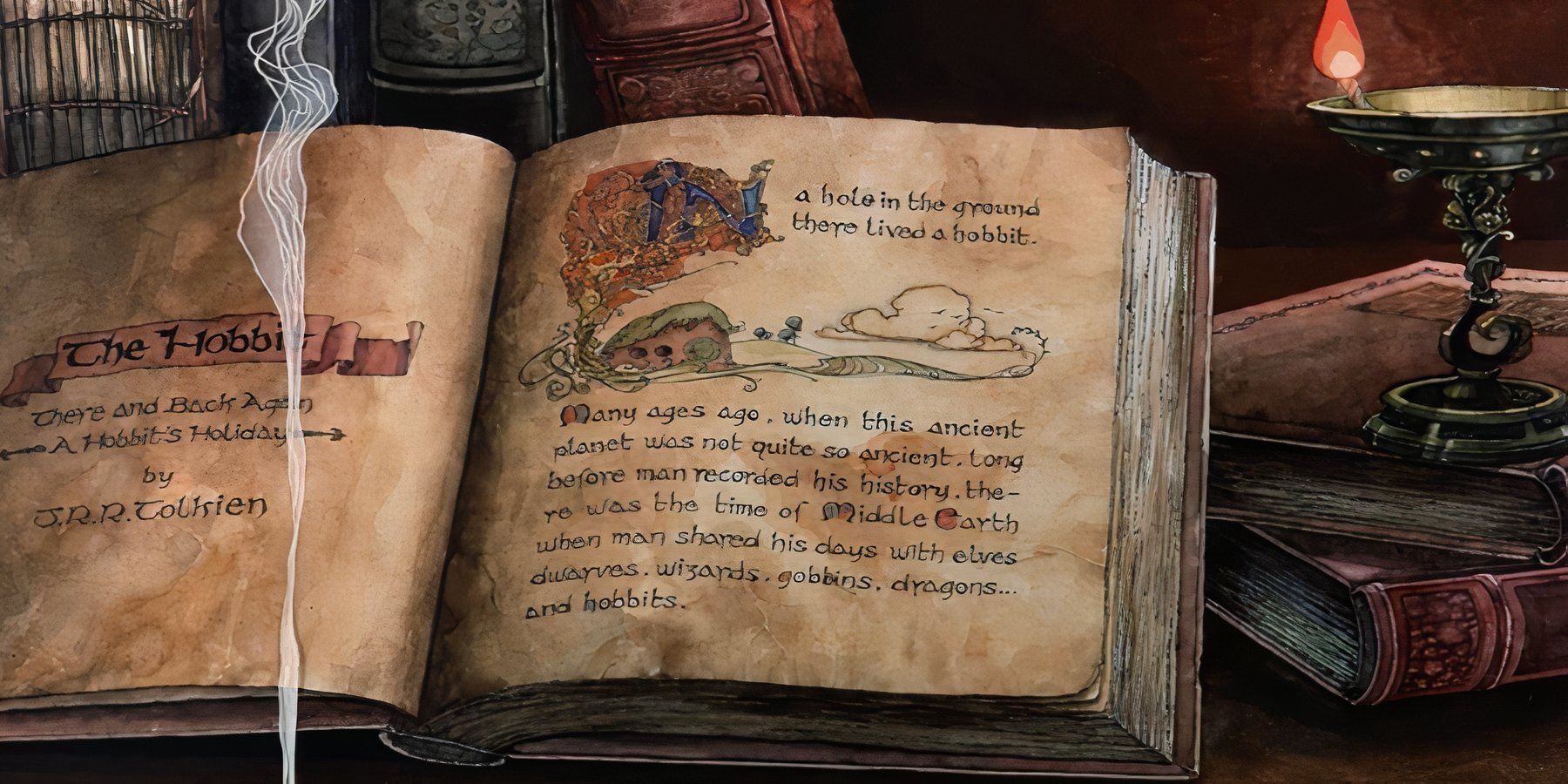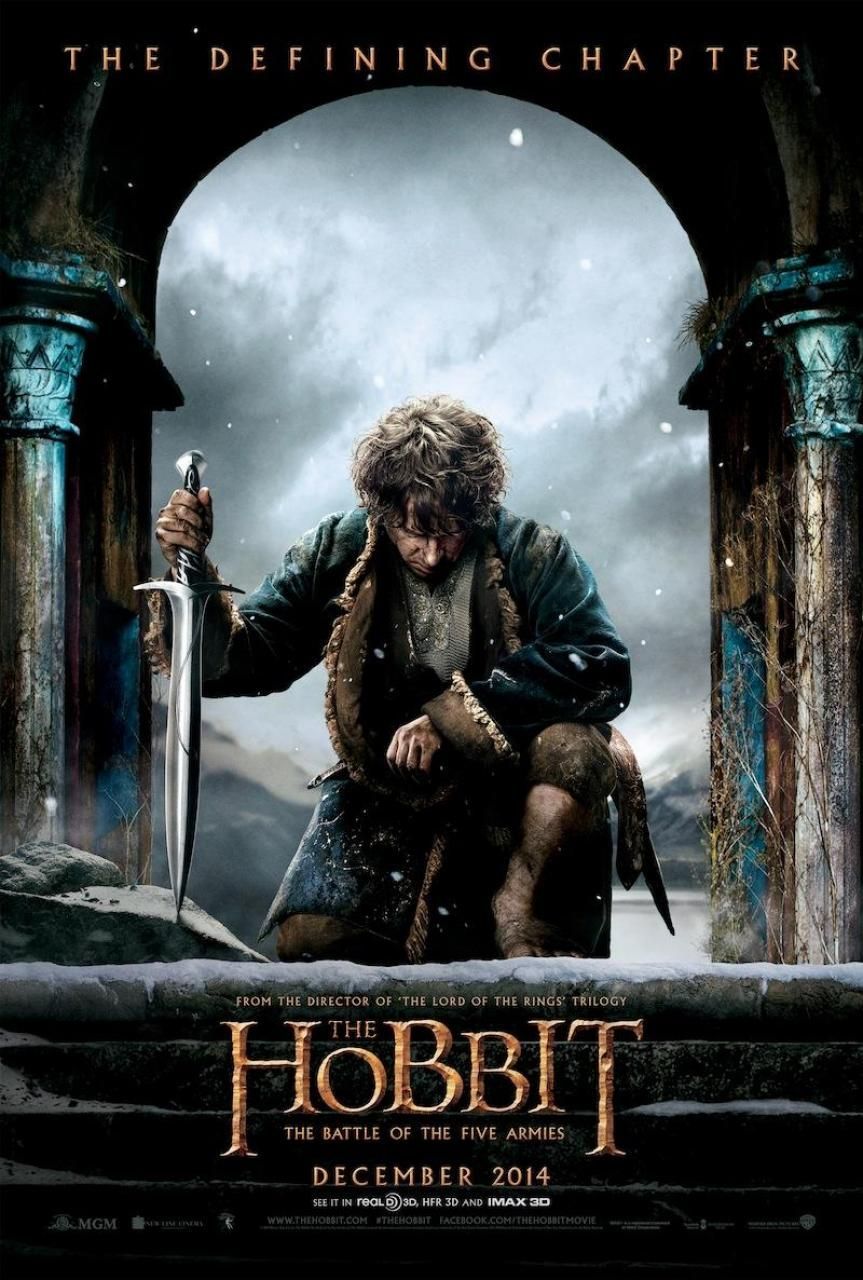J. R. R. Tolkien’s The Hobbit has long been considered one of the greatest pieces of children’s fantasy literature, and its backstory explains an aspect of its genius. It is credited for its place as the beginning of Tolkien’s entire Legendarium, which also includes The Lord of the Rings, The Silmarillion, and various other works the author left behind after his death. Yet much of the praise for these works is rooted in their sweeping themes, epic storytelling, and the worldbuilding Tolkien put into them – and while true, that praise ignores some critical details about the origins of The Hobbit.
First published in 1937, The Hobbit has since sold over 100 million copies, making it one of the best-selling books of all time. It also provides a great deal of setup for the beginning of The Lord of the Rings – and yet when Tolkien began writing the story in the early ’30s, none of those details had occurred to him. In fact, the driving force behind the chronicling of The Hobbit was Tolkien’s own children.
The Hobbit Started Out As A Bedtime Story For J.R.R. Tolkien’s Children
The author first conceived of The Hobbit‘s opening sentence – “In a hole in the ground, there lived a hobbit” – out of the blue while grading papers in the late 1920s. It was a few years later, around 1930, that Tolkien began telling that hobbit’s story to his young children – John, Michael, Christopher, and the infant Priscilla – as a part of the family’s evening routine.
The original version of The Hobbit that Tolkien told to his children became the book’s 1937 first edition, with illustrations by Tolkien himself, including the very first part of Hobbit-lore – the map to the Lonely Mountain, carried by Thorin Oakenshield. Yet that first edition is almost unknown now, as subsequent editions (the second was published in 1951, and the third in 1966) made changes to the text to better keep it in line with what The Lord of the Rings became – and none of that would have happened without Tolkien’s children holding him to his own impeccable lorekeeping standards.
Tolkien’s Kids Would Point Out The Inconsistencies In His Storytelling
While Tolkien’s eldest son John was the one who seemed the most engaged with the story of Bilbo Baggins, it was his youngest son Christopher who, even at the tender age of five, would notice inconsistencies in his father’s storytelling. As Christopher himself recounted in the foreword to the 50th anniversary edition of The Hobbit (via Aleteia):
I (then between four and five years old) was greatly concerned with petty consistency as the story unfolded, and that on one occasion I interrupted: “Last time, you said Bilbo’s front door was blue, and you said Thorin had a golden tᴀssel on his hood, but you’ve just said that Bilbo’s front door was green and that Thorin’s hood was silver”; at which point my father muttered “Damn the boy,” and then “strode across the room” to his desk to make a note.
Christopher’s attention to detail was clearly a key influence on the elder Tolkien, and so the manuscript of The Hobbit was completed by late 1932 with an exacting degree of internal consistency. In fact, Christopher became his father’s preferred editor, and helped make corrections in several future editions of The Hobbit. It’s no wonder that as he grew older, Christopher took up the stewardship of his father’s works, compiling many of J. R. R.’s unfinished stories and notes into the mᴀssive History of Middle-Earth.
The Hobbit’s Sweet Backstory Explains Why The Lord Of The Rings Is So Thorough
It’s important to remember that the version of The Hobbit most commonly available is the third edition from 1966; while that edition was released by the publisher to protect the book’s copyright, Tolkien used it as an opportunity to change many of the book’s smaller lore details to better align with how he portrayed Middle-Earth in The Lord of the Rings. So, while the way The Hobbit connects in with the saga of the War of the Ring only seems natural, in reality much of that detail was added in after the fact, once Tolkien had established Middle-earth’s extensive history.
The earliest versions of The Hobbit, written before Tolkien had properly conceived of Middle-earth, contained references to real-world locations like China; later editions changed such references to appropriate locations on Arda.
Without coming up with The Hobbit with his kids, Tolkien would never have built Middle-earth as we know it. The bones of The Silmarillion were written long before, while Tolkien convalesced in a hospital after his harrowing experiences in the trenches of World War One, but those were ancient tales of Gondolin and the Ainur creating the world. As grand as those stories are, the heart of Middle-earth has always been hobbits, and so it was the help of his children – particularly young Christopher – that supported Tolkien in creating the fantasy epic we all adore today.
Source: Aleteia








